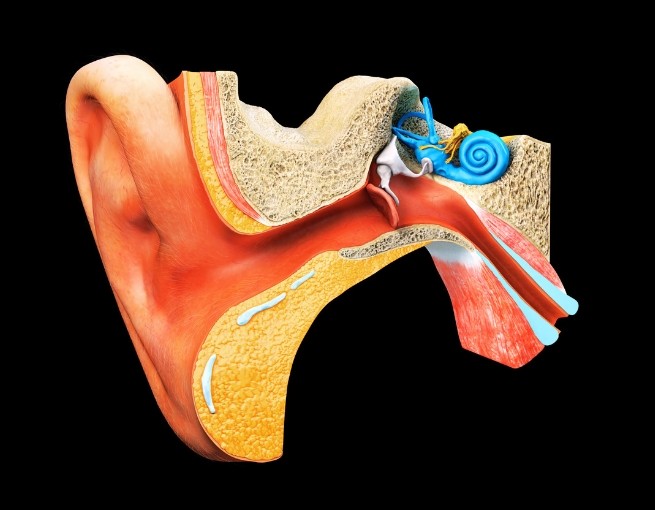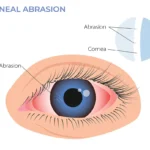Controlled hypotension is a carefully managed reduction in blood pressure, used to improve surgical outcomes and minimize complications. By reducing the patient’s blood pressure temporarily, surgeons and anesthesiologists can enhance visibility during procedures, reduce bleeding, and optimize the overall safety of the operation. This technique is especially valuable in high-risk surgeries, where blood loss and visibility issues can complicate the procedure.

Understanding Controlled Hypotension
Controlled hypotension, also known as deliberate hypotension or therapeutic hypotension, involves lowering a patient’s blood pressure below their normal baseline level, typically during a surgical or invasive procedure. Unlike natural hypotension, which can occur due to underlying health issues or trauma, controlled hypotension is induced and closely monitored by healthcare professionals to ensure the safety and effectiveness of the procedure.
Why Is Controlled Hypotension Used?
The primary goal of controlled hypotension is to create a safer surgical environment. This technique has been shown to provide several advantages, particularly in surgeries involving significant blood loss or in procedures where visibility is essential. The benefits include:
- Reduced Bleeding: By lowering the blood pressure, blood vessels constrict, reducing the overall blood flow and minimizing intraoperative bleeding. This is particularly beneficial in surgeries involving delicate tissues or organs, such as neurosurgery, spinal surgery, and certain vascular procedures.
- Improved Visibility: Decreased bleeding enhances the surgeon’s ability to visualize the surgical site, improving precision and reducing the risk of complications.
- Decreased Anesthetic Requirement: In some cases, controlled hypotension can reduce the amount of anesthetic needed to maintain unconsciousness, potentially lowering the risk of side effects associated with high doses of anesthesia.
- Lowered Risk of Postoperative Complications: By limiting blood loss and improving surgical precision, controlled hypotension can contribute to faster recovery and fewer complications following surgery.
Techniques for Inducing Controlled Hypotension
The induction and maintenance of controlled hypotension require careful monitoring of the patient’s vital signs to avoid adverse effects. Various techniques and medications can be employed, depending on the type of surgery, the patient’s condition, and the desired outcomes. Below are some common methods:
Pharmacological Methods
The most common approach to inducing controlled hypotension involves the use of specific medications that lower blood pressure. These include:
- Vasodilators: Medications like nitroglycerin, sodium nitroprusside, or hydralazine can be used to relax blood vessels, leading to a reduction in blood pressure. These agents are commonly employed in procedures where quick and controllable hypotension is desired.
- Beta-Blockers: Drugs such as esmolol are frequently used to slow the heart rate and decrease cardiac output, which helps lower blood pressure in a controlled manner.
- Sedatives and Anesthetics: In addition to their role in maintaining unconsciousness during surgery, sedatives and anesthetics like propofol and sevoflurane also have a blood pressure-lowering effect, aiding in the induction of controlled hypotension.
Non-Pharmacological Methods
In some cases, controlled hypotension can be achieved without medications, particularly in patients who are sensitive to drugs or in specific surgical scenarios. Non-pharmacological approaches include:
- Positioning: The patient’s position can influence blood flow and pressure. For example, placing the patient in a Trendelenburg position (head down, legs up) can lower blood pressure in some cases.
- Blood Volume Control: Fluid management during surgery, such as limiting the use of intravenous fluids, can contribute to maintaining lower blood pressure levels.
Monitoring and Maintenance
Achieving and maintaining controlled hypotension requires constant monitoring of the patient’s vital signs, including blood pressure, heart rate, and oxygen levels. Advanced monitoring tools like intra-arterial blood pressure measurement devices may be used to ensure accurate and continuous assessment during the procedure.
Risks and Considerations
While controlled hypotension offers significant benefits in certain surgical situations, it also carries inherent risks that must be carefully managed. These include:
- Hypoperfusion of Vital Organs: Prolonged or excessive hypotension can lead to insufficient blood flow to critical organs like the brain, kidneys, and heart, potentially causing ischemia or organ damage.
- Electrolyte Imbalances: A sudden reduction in blood pressure can affect electrolyte levels, particularly sodium and potassium, leading to complications during or after surgery.
- Cardiovascular Instability: In patients with pre-existing heart conditions, such as coronary artery disease or heart failure, controlled hypotension may increase the risk of arrhythmias or myocardial infarction.
- Inadequate Perfusion Post-Surgery: After surgery, if blood pressure is not promptly normalized, there may be a risk of insufficient blood flow to the operated area, leading to delayed healing or other complications.
Thus, careful patient selection and continuous intraoperative management are essential to ensure that the benefits of controlled hypotension outweigh the risks.
Applications
Controlled hypotension is widely used in various types of surgeries to improve outcomes and minimize complications. Some of the most common surgical procedures that benefit from controlled hypotension include:
Neurosurgery
In neurosurgery, controlled hypotension can help reduce brain swelling and improve surgical visibility, particularly in complex operations involving the brain or spinal cord. By minimizing bleeding, it allows surgeons to work with greater precision.
Vascular Surgery
During procedures on major blood vessels, such as aortic aneurysm repair or coronary artery bypass grafting (CABG), controlled hypotension reduces the risk of excessive bleeding and provides a clearer view of the surgical site, which is crucial for ensuring the success of the operation.
Orthopedic Surgery
In orthopedic surgeries, such as hip or knee replacements, controlled hypotension can help reduce blood loss and improve the precision of joint reconstruction procedures.
Plastic Surgery
In cosmetic and reconstructive surgeries, controlled hypotension enhances visibility, allowing for more delicate and refined tissue manipulation while minimizing bleeding.

